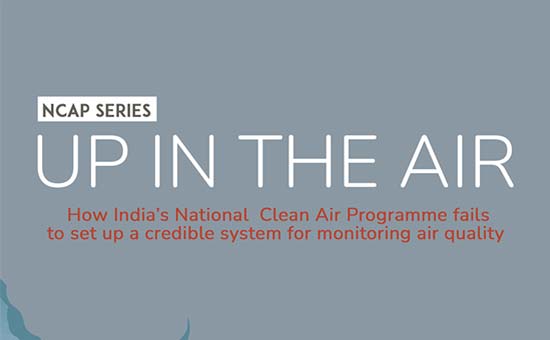The National Clean Air Programme (NCAP) was launched in 2019 by the Ministry of Environment, Forest and Climate Change, Government of India with the target to reduce air pollutants—Particulate Matter of 10-micron size (PM10) and Particulate Matter of 2.5-micron size (PM2.5)—by 20-30% by 2024 taking 2017 as the base year. An essential component of pollution reduction is continuous monitoring of pollutants such as Sulphur Dioxide (SO2 ), Nitrogen dioxides (NO2 ) and PM10 and PM2.5. For this, the NCAP has laid out targets for growing the existing monitoring system: nearly 700 new manual monitoring stations, 150 real-time Continuous Ambient Air Quality Monitoring Stations (CAAQMS) and 100 new stations in rural India. Our analysis finds the weightage to manual monitoring unjustified. Manual monitoring system records data less frequently and has higher scope of error and delay. Despite the more efficient CAAQMS technology, the government plans to spend a larger sum of allocated money on the outdated manual monitoring operation. This directly affects the accuracy of data, which is especially relevant because the government plans to release NCAP funds based on performance. Air quality monitors other than CAAQMS serve a more supplementary role to measure site-specific air quality.


